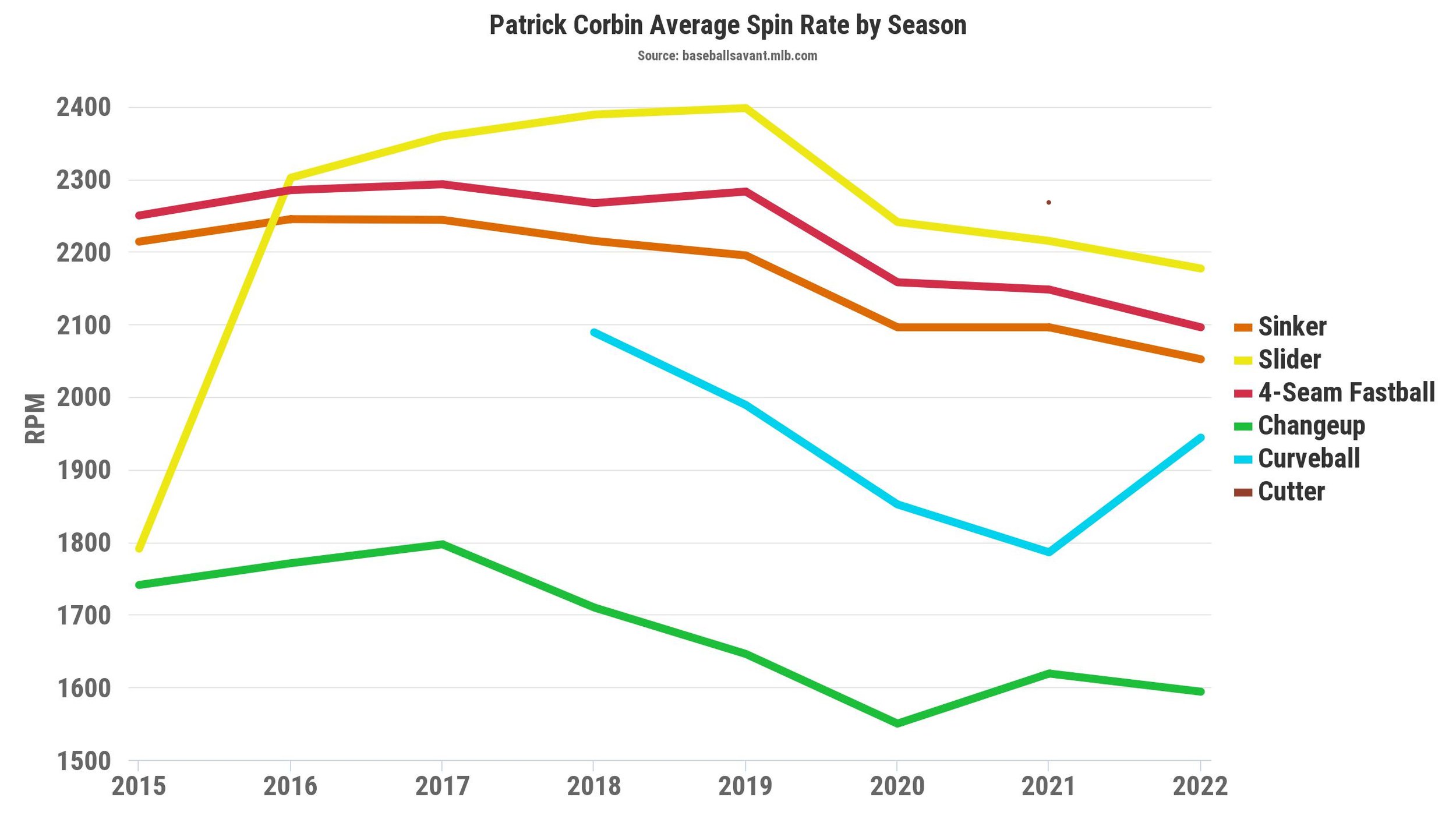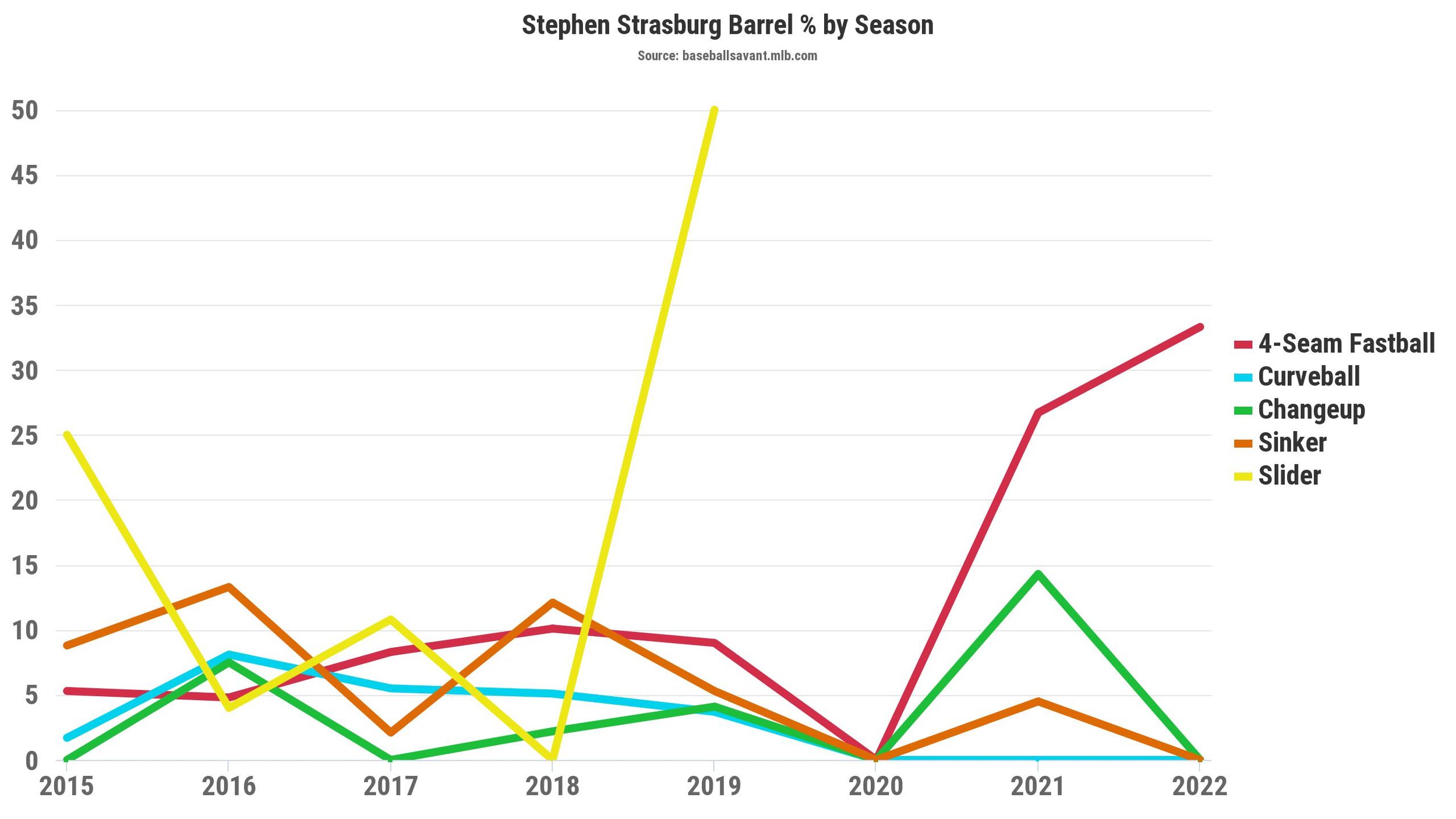The Disintegration of a Dynasty’s Dream
Source: Getty Images
Entering the 2018-2019 offseason, the Washington Nationals had a decision to make.
With an 82-80 record and a second-place finish in the National League (NL) East, the franchise missed the playoffs for the first time in two years. Now Bryce Harper, the player partly responsible for their past success was hitting free agency.
Yet Harper was more than just a great player to the Nationals. Along with pitcher Stephen Strasburg, Harper was the vessel of the organization’s hopes, dreams, and, once upon a time, their future.
Once Harper hit free agency, that vessel sat empty while the organization sat at a crossroads. Do they do whatever it takes to re-sign Harper despite a down season to a $300+ million extension? Or do they devote that money to other positions of need?
The Nationals chose the latter instead of chasing after the player that once defined them. While $51.55 million was spent on a plethora of veterans, their most expensive signing was Patrick Corbin. The organization inked the former Diamondbacks starter to a six-year $140 million contract to solidify a rotation already supplied with Strasburg and three-time Cy Young Award winner Max Scherzer.
In essence, Washington picked Corbin’s 4.12 career ERA over Harper’s Rookie of the Year, MVP, and six All-Stars appearances. In their pursuit to win a World Series, the team chose an unknown commodity over the player they drafted first overall eight years beforehand to accomplish that very goal.
And it worked. The Nationals won the 2019 World Series against the Houston Astros, while the winning pitcher was none other than Corbin. For that shining moment, Washington won.
That shining moment is the last the franchise has known for three years.
To say everything since 2019 has been horrific for the Nationals might be hyperbole. Juan Soto has established himself as one of the best players in baseball, and Keibert Ruiz seems to be a rising star. But that’s it.
The only teams with a worse record than the Nationals since 2019 are the Arizona Diamondbacks, Baltimore Orioles, Pittsburgh Pirates, and the Texas Rangers. Washington has also ranked last in their division in back-to-back seasons for the first time in a decade. With a 23-42 record thus far this season, another last-place finish seems more than plausible.
Part of this is that every key player to the Nationals championship season beside Soto has either signed elsewhere, been traded, or regressed to the point they aren't recognizable.
No one is more unrecognizable than Corbin, the player that won the World Series. In 2020, he led the NL with 85 hits allowed and 1.569 walks and hits per inning pitched (WHIP). His 4.66 earned run average (ERA) was his worst since 2016. Bluntly, Corbin hit rock bottom.
Then he kept digging. His 5.82 ERA in 2021 was the worst among all qualified pitchers, while his 37 home runs allowed, 16 losses, 111 earned runs, and .855 on-base plus slugging (OPS) led the NL.
Corbin's lack of pitch command has been one of the biggest reasons for his downfall. When he thrived with the Diamondbacks and the Nationals, Corbin had solid control with his pitches. His sliders consistently broke late to the left-hand side of the plate, invoking a swing and miss rate of at least 50% in 2018 and 2019, per Baseball Savant. That is no longer the case.
Corbin’s slider and changeup have also been ineffective due to a decrease in spin rate. When Corbin excelled, he did so primarily with a slider, sinker, and fastball. All of which had a spin rate of 2,175 or better. This movement kept hitters off balance and from tracking his pitches as they came to the plate. That is also no longer the case.
Corbin’s woes correlate to a decreasing spin rate on these three pitches. The only pitches seeing an increase in spin are his curveball and changeup. But the combined usage of these pitches has never exceeded 10%. Bluntly, the only pitches whose spin is increasing are those he uses the least.
While Corbin has lost the abilities that earned him his contract, Stephen Strasburg has lost his durability.
Following the 2019 season, the Nationals handed Strasburg a seven-year contract worth $245 million. Since signing that contract, Strasburg has started seven games.
Yes. Seven. After the team announced Tuesday that Strasburg is headed back to the Injured List just after returning, an eighth start might not be for some time.
In the seven starts he has made, the right-hander has a 6.89 ERA. For context, Strasburg had a career 3.17 ERA before signing his extension.
The fastball that in part helped Strasburg secure that contract is the same that’s betrayed him. Even before signing his extension, its velocity dropped year after year, yet his command and effectiveness of it lingered.
Now, Strasburg’s fastball draws more walks than ever before, while opponents have never hit it as strongly. In 2020, hitters had a .429 batting average against his fastball. While that average dropped to .304 the following season, it’s the second-highest average against Strasburg's fastball in his career, per Baseball Savant.
With so little data, it’s hard to determine what has driven Strasburg’s struggles aside from these troublesome statistics. Yet his inability to locate has led to a struggle to beat batters. As a result, the Nationals are without the pitcher that picked up World Series MVP four seasons ago.
As the season trudges along, so do the Nationals, without the starters that helped them stun the Astros. Without the stars that made 2019 possible. Without the dynasty they thought was starting to dawn. Without a path of how they can achieve the glory they once knew.


